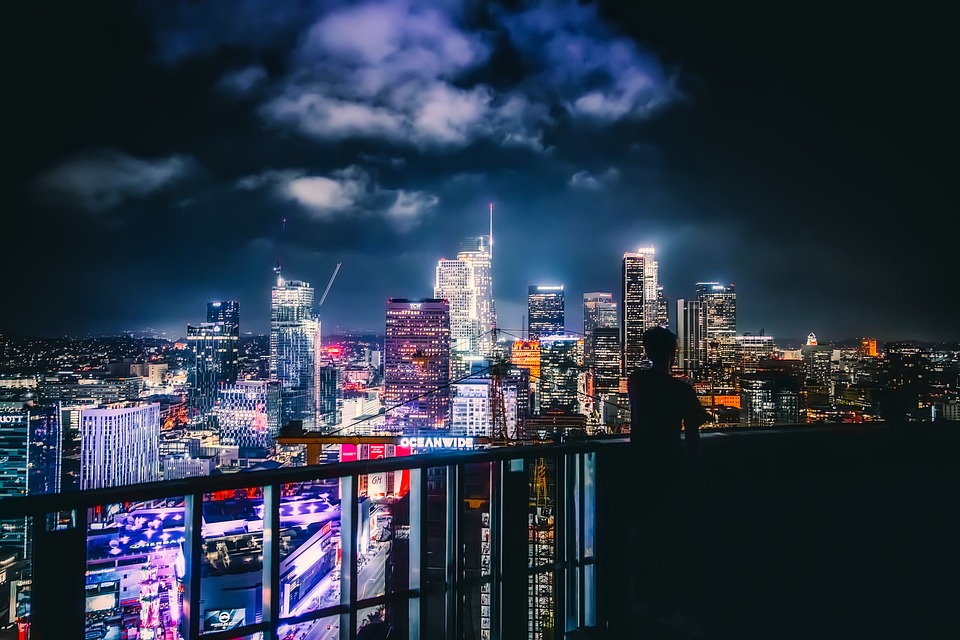For Steven Ross, an acclaimed American historian of labour and the film industry whose parents both survived the Holocaust, this remarkable and meticulously researched book is personal. Initially seeking to understand Jewish passivity during the Second World War, his research instead led him in the opposite direction to uncover those American Jews, and their non-Jewish associates, who “did rise to oppose Hitler” in the US.
Based on more than 200 boxes of material in archives ranging from those of the Jewish community of Los Angeles to the German Foreign Office, Hitler in Los Angeles tells the story of 13 years of American – Jewish and Christian – resistance to homegrown fascism and Nazism. In so doing, it joins a growing list of books exploring Hollywood’s relationship with Adolf Hitler and Nazism in the pre-war era.
For Joseph Goebbels, Nazi minister of propaganda, Los Angeles, and not “Jew York” (as the Nazis liked to call it), was the key American city because of Hollywood, the machine by which Jews spread their influence globally. Exploiting Southern California’s long history of antisemitism and right-wing extremism, coupled with the laxer controls in Los Angeles’ port, Goebbels sought to counter Jewish Hollywood by sending spies, propaganda, money and secret orders from Germany for circulation throughout the US.
After November 1936, following the signing of the German-Japanese anti-Soviet treaty, Los Angeles assumed further strategic significance given its location midway between Berlin and Tokyo and its importance as a major centre for the military industries. Hitler took a particular interest in the port, even sending a personal deputy to assess the extent of Nazi sympathies there.
Amazingly, the US government lacked any significant counter-espionage infrastructure. Distracted by communism, the federal and local authorities (who were also often antisemitic themselves) did nothing to combat right-wing extremism. Instead, it was left up to the person the local Nazis had dubbed “the most dangerous Jew in Los Angeles”, attorney Leon L. Lewis, along with his assistant, Joseph Roos, to spearhead the resistance. With meagre resources, Lewis used his contacts to recruit non-Jewish military veterans, their wives and daughters to go undercover and join every Nazi, fascist and fifth columnist group in Los Angeles. Because they would have been too easily spotted, only one Jew posed as a Nazi sympathiser.
What motivated such veterans? Many were of German heritage and hated what Hitler and the Nazis were doing to their beloved country. But they were also paid. Often rising to high positions, these spies discovered a series of Nazi plots to kill Jews, including plans to hang Al Jolson, Eddie Cantor, Charlie Chaplin, Louis B. Mayer and Samuel Goldwyn; to drive through and machine-gun Jewish neighbourhoods; to lace Jewish homes with cyanide; and to acquire weapons and sabotage military installations. “Without ever firing a weapon”, writes Ross, the team put together by Lewis “managed to keep Los Angeles and its citizens safe”.
Chillingly in the current climate, Ross asks: why did the US government and local authorities ignore domestic Nazi activity and do nothing to stop its spread at home? In the absence of any such initiatives, Lewis, Roos and their network of spies stepped up. Surely with one eye on President Trump, Ross concludes: “Democracy requires constant vigilance against all enemies, internal and external.”
Nathan Abrams is professor of film studies, Bangor University, and the author, most recently, of Stanley Kubrick: New York Jewish Intellectual (2018).


























